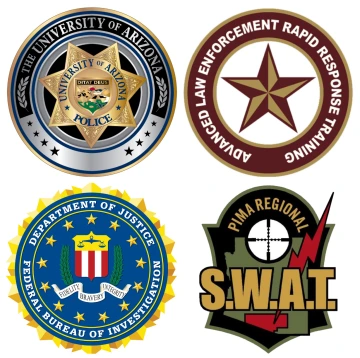Door Lock Controls for Armless Pilots
Project number
24006
Organization
Rightfooted Foundation, supported by the Craig M Berge Dean's Community Fund
Academic year
2023-2024
Jessica Cox, the world’s first armless pilot, is building a foot-controlled airplane to overcome the accessibility limitations she faces with her current Ercoupe aircraft. She is modifying a Van’s RV-10, a larger and faster airplane that can accommodate her as she flies. Among these modifications is a safer and more convenient method for entering and exiting plane’s fuselage. Team 24006 redesigned the door latching and operating mechanism to enable foot-controlled operation for opening, closing, and locking the door, ensuring its secure closure during flight, and provide a manual opening option in case of power failure.
The door opens and closes via a controlled winch-guided strut system in response to electronic commands from a key fob. To secure the door when closed, a lock system activates two electrically driven linear actuators linked to a rack and pinion assembly, extending them into the plane wall. This design provides an emergency opening option, with the winch featuring a readily accessible release mechanism that retracts the actuators to allow the door to open. Safety features include Arduino-controlled sensors that detect complete door closure, locking status, and any obstructions in the door’s path.
By combining innovative engineering solutions with a commitment to safety and accessibility, this project sets a new standard in inclusive aviation, empowering individuals like Jessica Cox to pursue their passion for flight without limitations.
The door opens and closes via a controlled winch-guided strut system in response to electronic commands from a key fob. To secure the door when closed, a lock system activates two electrically driven linear actuators linked to a rack and pinion assembly, extending them into the plane wall. This design provides an emergency opening option, with the winch featuring a readily accessible release mechanism that retracts the actuators to allow the door to open. Safety features include Arduino-controlled sensors that detect complete door closure, locking status, and any obstructions in the door’s path.
By combining innovative engineering solutions with a commitment to safety and accessibility, this project sets a new standard in inclusive aviation, empowering individuals like Jessica Cox to pursue their passion for flight without limitations.


